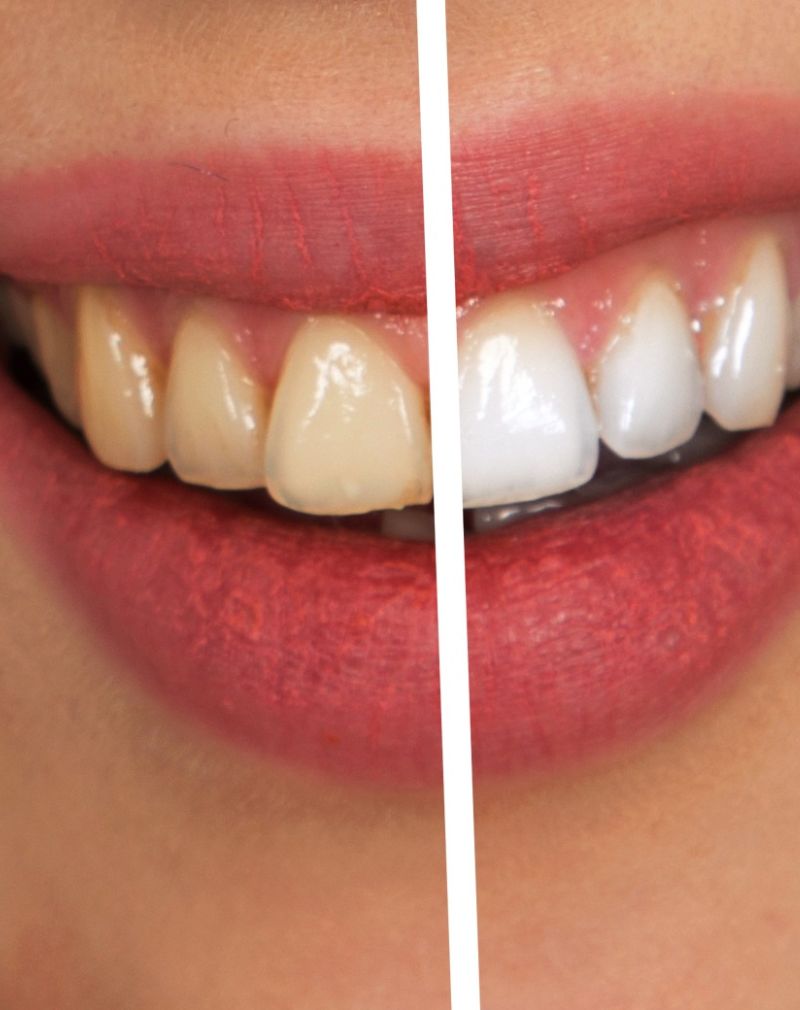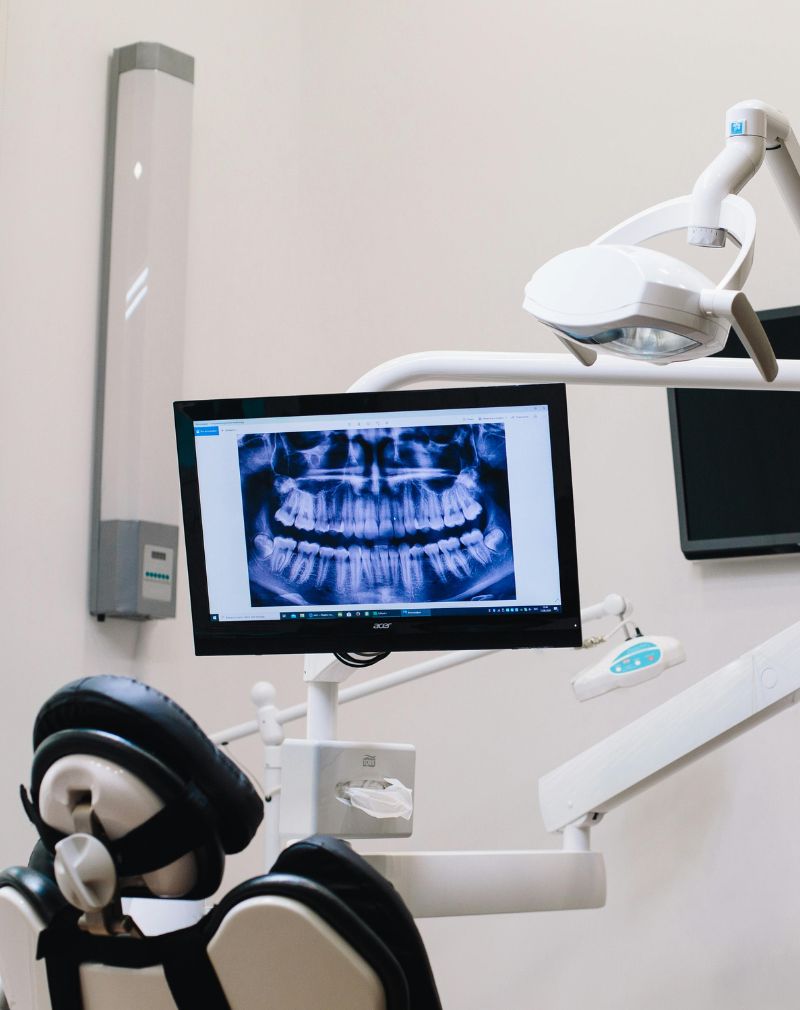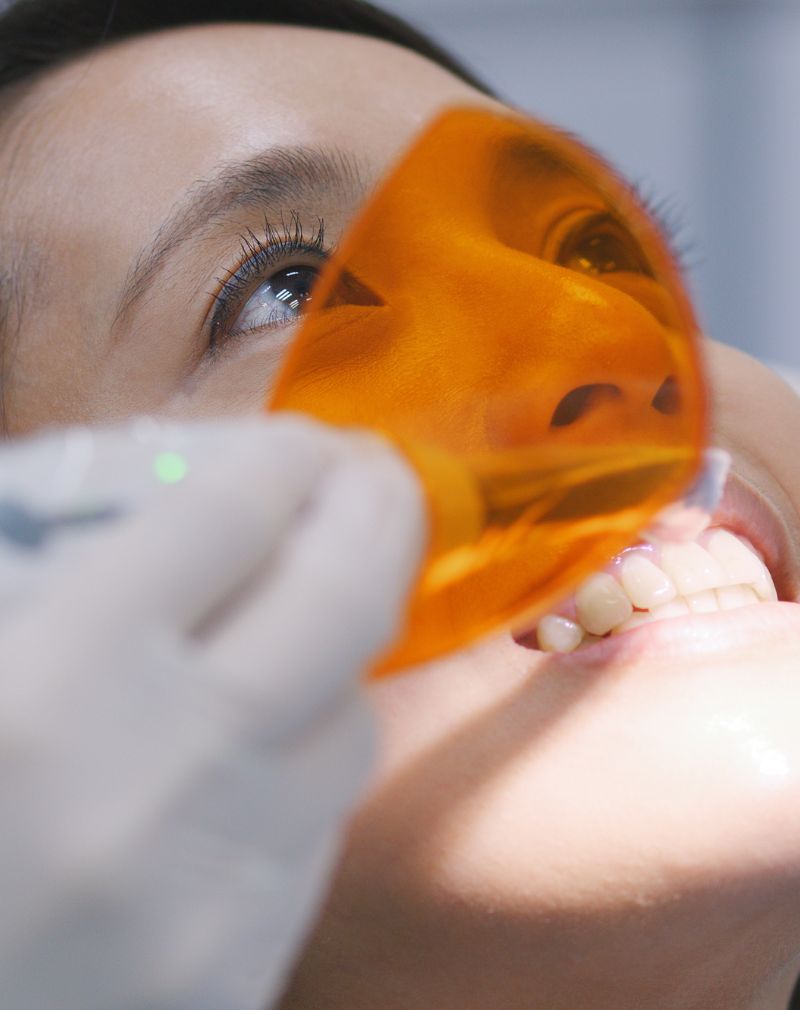You see the photo later. Everyone else is smiling wide. But you’re the one with lips pressed tight, hiding your teeth like they’re a secret.
Maybe it’s the yellowing. Maybe it’s the one stain that never goes away, no matter how hard you brush. You don’t talk about it. But it changes how you show up. At dinners. In interviews. On dates.
This is more than cosmetic. It’s personal. It’s confidence, chipped away one small moment at a time.
And it’s common. So common that by the end of 2025, the global demand for teeth whitening is expected to hit 8.5 billion dollars. Because more people are tired of hiding. Tired of editing their smile out of the frame.
At The American Wellness Center in Dubai Healthcare City, our Dental Department understands that feeling. We don’t rush it. We don’t sell promises. We offer safe, medically guided whitening treatments that actually work — for real people with real concerns.
Because your smile shouldn’t make you shrink. It should make you want to show up fully.
Why Teeth Get Discolored in the First Place
You don’t need to be a smoker or skip brushing for stains to show up. Even people with great oral hygiene deal with discoloration — because life leaves its mark.
Here’s what quietly dulls your teeth over time:
- Daily habits that stain: Coffee, tea, and red wine aren’t just drinks — they’re pigment-heavy and cling to your enamel with every sip.
- Tobacco residue: Smoking doesn’t just cause yellowing. It creates deep, stubborn stains that resist surface-level cleaning.
- Age and enamel thinning: As you get older, the outer layer of enamel wears down, making the darker dentin underneath more visible.
- Childhood medication use: Certain antibiotics like tetracycline, or high fluoride exposure during development, can cause stains from the inside out.
- Tooth trauma: Injuries to a tooth can change its internal color — sometimes it darkens slowly, and you don’t notice until it’s obvious in photos.
Not all stains are on the surface. Surface stains (extrinsic) respond well to whitening. Internal stains (intrinsic) often need professional intervention to make a difference.
Types of Teeth Whitening: What’s Available in 2025
Teeth whitening isn’t one treatment — it’s a category.
And picking the wrong option can leave you with pain, wasted money, or zero results.
Here’s what’s available now — and what actually works:
- In-Clinic Whitening (Most Effective):
High-strength peroxide applied by a dentist. You’ll see a visible difference in one session. Safe for enamel, targeted for your specific stains. - Custom Take-Home Trays (Best for Busy Schedules):
Dentist-made trays fitted to your bite. Used at home for 7–10 days. Slower, but easier on sensitive teeth and still delivers strong results. - Over-the-Counter Kits (Most Popular, Least Reliable):
Whitening strips, LED pens, and online kits now dominate the market. Projected to grow 6.4% by 2025 — but often cause uneven whitening and gum irritation. - Natural “Remedies” (Least Effective):
Baking soda, charcoal powders, lemon juice — they might feel like shortcuts, but they’re abrasive and often cause more harm than good.
At The American Wellness Center in Dubai Healthcare City, we don’t guess. We examine your enamel, identify the type of staining, and recommend the safest and most effective approach — not the trendiest one. Because your smile deserves better than trial and error.
Risks and Side Effects to Be Aware Of
Whitening your teeth isn’t risky when done right.
The trouble begins when it’s rushed, overused, or done without proper guidance.
Here’s what can go wrong:
- Teeth that flinch at every sip: Up to 60% of patients report sensitivity after whitening — especially with store-bought kits used too frequently.
- Burned gums and white patches: Whitening gel should never touch soft tissue, but without custom trays or dentist supervision, it often does.
- Enamel damage you don’t see until it’s too late: DIY treatments used back-to-back can strip enamel, leaving your teeth looking patchy or permanently dull.
Not every product on a shelf belongs in your mouth. And not every smile is ready for bleaching. That’s why a pre-whitening dental check is more than a formality — it’s a safety net.
Who Should (and Shouldn’t) Consider Whitening?
Whitening isn’t for everyone. And that’s okay.
What matters is knowing where you stand before you start.
Whitening may be right for you if:
- Your teeth are generally healthy, with mild to moderate discoloration.
- You’ve had a recent cleaning and don’t have untreated dental issues.
- You’re looking for a safe, non-invasive way to boost your confidence.
But skip it — or postpone it — if:
- You have cavities, gum disease, or exposed roots. Whitening agents will only make things worse.
- You’re under 16. Your enamel is still developing, and the risk outweighs the benefit.
- You’re pregnant or breastfeeding. It’s best to wait until your body is done changing.
Even if you’re not a candidate today, that doesn’t mean “never.”
It just means there’s a smarter time to begin.
What to Expect from Whitening at AWC
We don’t hand you a brochure and walk away.
We start by understanding your smile — and what’s behind it.
Here’s what our Dental Department offers:
- A personalized shade-matching assessment that sets a realistic, medically sound goal for whitening — not a fantasy shade.
- In-clinic sessions monitored by dentists, using gels with desensitizing agents to keep you comfortable during and after.
- Long-term planning that includes guidance on maintaining your results — and options like zirconia or porcelain if stains are too deep for whitening alone.
Every patient walks in with a different story. We make sure your treatment fits yours.
How Long Results Last and How to Extend Them
Whitening results don’t vanish overnight — but they do fade if neglected.
Typically, results last 6 to 12 months.
But your habits decide which end of that range you land on.
To make your smile last longer:
- Avoid coffee, tea, or red wine for at least 48 hours post-treatment — that’s when teeth are most porous.
- Use whitening toothpaste sparingly. It’s for maintenance, not daily scrubbing.
- See your dentist every six months. Even a simple cleaning can extend your results far more than any at-home product.
The goal isn’t just brightness.
It’s staying bright — without doing it all over again too soon.
The Cost of Whitening: What You Pay vs. What You Get
In Dubai, in-clinic whitening typically costs AED 1,200 to 2,000 per session. That’s not pocket change. But it’s not just a cosmetic fix either.
Here’s what you’re really paying for:
- A treatment tailored to your enamel, not the internet.
- A dentist supervising every step.
- Fewer repeat sessions, because the results actually last.
Over-the-counter kits seem cheaper — until they don’t work. And you buy another. And another. That adds up, not just in money, but in frustration.
At The American Wellness Center in Dubai Healthcare City, whitening isn’t an isolated treatment. It’s part of your full dental care plan — built for longevity, not just looks.
When You’re Ready to Smile Without Holding Back
Your smile shouldn’t be a filter. It shouldn’t be something you edit in every photo, or hide behind a closed mouth.
Maybe you’ve spent years brushing harder, trying strips that never delivered, or covering your mouth when you laugh. That ends when you decide it does.
At The American Wellness Center in Dubai Healthcare City, we help people step into their smiles — safely, confidently, and with care that sees the full person, not just their teeth.
If you’re ready to stop hiding, we’re ready to help. Contact us Today! Let’s bring your real smile forward.



